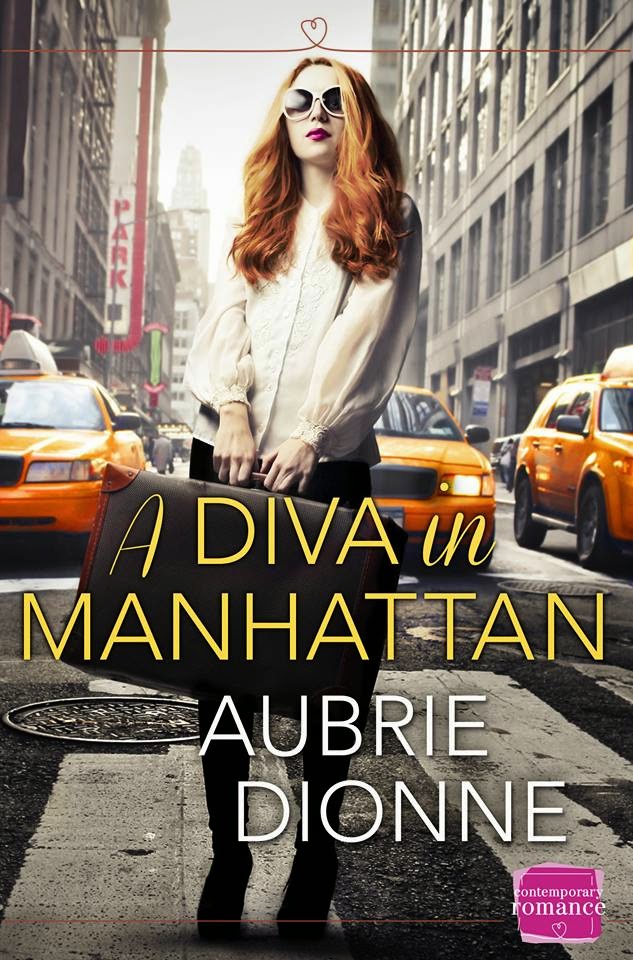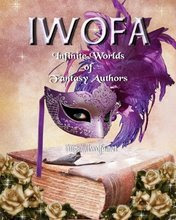Earlier this week, Facebook rolled out a feature that turns
punctuated emoticons like this :) into small illustrations in the comments you
post. So it seems an apt time for us writers to remind ourselves that
punctuation has a far grander purpose than to wink at your reader.
When mucking through a first draft, punctuation is usually
the last thing on a writer’s mind. One may give it a second thought during the
final polish stage, but this thought is more toward correction than choice. Whereas
so many writing techniques seem to fall along a spectrum, we think punctuation
is binary: right or wrong, required or not required. Its becomes not an option
to be considered but a rule to be remembered. We think, “Is a semi-colon correct
here?” Hardly ever: “Is a semi-colon the best choice here?”
I’m here to tell you that punctuation is one of the most
powerful tools in your writer’s tool box and that you ought to consider
periods, commas, dashes, colons, etc. to be a subset of your greater Writer’s
Alphabet—which is not just twenty-six letters, but the entirety of your
keyboard.
For the purposes of this post, I’ll just tackle three
mainstays of punctuation: the period, the comma, and the blank space.
The Period
The period is the worst offender when it comes to punctuation
masquerading as purely utilitarian. What else are you going to end your
sentence with, a question mark? Maybe, an exclamation point! When you have to
end a sentence, you don’t have a lot of options. But the thought you put into a
period is not whether you use it, but
when and where. The use of the
period dictates sentence length, which contributes to rhythm, tone, tempo, and
a host of other stylistic choices. Here’s an example of one of the most famous
sentences in the American canon:
Call me Ishmael.
Melville’s opening line of Moby Dick is memorable and
interesting for many reasons, but a major reason is its brevity. Moby Dick
is a long book with many long sentences, but you only have to get three
words into the book before the questions are already coursing through your
head: “Who is this Ishmael? Why is he speaking directly to me? Who does he
think he is, telling me what to do like that?” It’s one of the most economical
sentences ever written in English.
Exercise: Find a
long sentence in your current WIP. What part of the sentence has the most
impact? Could you make it more powerful by adding with a period? Lop the
sentence in half and see what happens.
The Comma
The comma is another offender because its rules of use are
seemingly arbitrary; worse, they have changed over time. The resulting lack of
confidence causes many writers to over- or under-use it. Here’s a rule you can
follow from the no-nonsense Lynne Truss, author of Eats, Shoots &
Leaves: The Zero Tolerance Approach to Punctuation: “The rule is: don’t use
commas like a stupid person. I mean it.”
In kinder terms: be mindful of your comma use. Don’t just
stick them in wherever you think they should go. Place them with care
where they are needed. Here’s an
example from a master of the comma, Toni Morrison:
When the woman, her name is Violet,
went to the funeral to see the girl and to cut her dead face they threw her to
the floor and out of the church. She ran, then, through all that snow, and when
she got back to her apartment she took the birds from their cages and set them
out the windows to freeze or fly, including the parrot that said, “I love you.”
What makes Morrison masterful is her judiciousness. A lesser
writer or editor would have sprinkled far more commas into sentences of similar
construction, what with all those clauses flying around. The sentences in her
novel Jazz have the musicality of the eponymous genre, seemingly
formless but really quite thoughtfully formed. Adding or subtracting one comma
from this passage changes the melody entirely.
Exercise: In your WIP, find the longest sentence you
can, one where you’ve used commas liberally. Take out all the commas, then read
it aloud. Put the commas back in only when you pause or nearly lose your place.
The Space
If the typebar doesn’t metaphorically strike the paper, is
it really punctuation? I argue that
blank spaces—including paragraph breaks, section breaks, and chapter breaks—are
forms of punctuation because they signify how to read and interpret a passage. The
skilled writer will use blank space as deftly as she uses inked characters.
Here’s an example from Neal Stephenson’s high-speed
cyber-punk novel, Snow Crash:
When it gets down to it—talking trade
balances here—once we’ve brain-drained all our technology into other countries,
once things have evened out, they’re making cars in Bolivia and microwave ovens
in Tadzhikistan and selling them here—once our edge in natural resources has
been made irrelevant by giant Hong Kong ships and dirigibles that can ship
North Dakota all the way to New Zealand for a nickel—once the Invisible Hand
has taken all those historical inequities and smeared them out into a broad
global layer of what a Pakistani brickmaker would consider to be prosperity—y’know
what? There's only four things we do better than anyone else:
music
movies
microcode (software)
high-speed pizza delivery
Whew! After that 100-word whopper, almost any sentence would
have seemed punchy and short. But Stephenson takes it a step further and gives
each of the “four things” its own line, and thus line break. These two
sentences—and the four things—are the thesis statement for the entire novel to
follow. What better way to make them stand out than to surround them in white
space?
Exercise: Find a long paragraph in your WIP. Add at
least three new paragraph breaks to it and examine how the meaning of the
passage shifts. Keep any new breaks that serve your theme, tempo, and tone
better.
In conclusion, the best writing is mindful writing. Even
frantic, unbridled first drafters have to be mindful during the polishing
stage. Add punctuation to your list of techniques to be mindful about. Don’t
think about following rules; make the choices that matter.
Book Blurb:
“Countries do not fight each other. Men fight each other.
And they only fight so that they can stop fighting and go home. It is the most
horrific irony in the world.”
The once-peaceful nations of Mitoch and Fairgos are locked in a bitter war. Lady Aurora, however, has known only quiet privilege for her 21 years inside the walls of the Cavalcata manor house. As the educated, eavesdropping daughter of the Fairgosian Royal War Master, she is confident she knows more than most . . . except when the promised Fairgosian victory will bring her father home for good.
But when the currents of war sweep her, half alive, to the shores of brutal, backwards Mitoch, Aurora will unlearn everything she thought she knew—about the war, her country, her father, and herself—and discover what is really worth fighting for.
The War Master’s Daughter tells the story of battles we all fight—those we wage with each other and also within ourselves.
The once-peaceful nations of Mitoch and Fairgos are locked in a bitter war. Lady Aurora, however, has known only quiet privilege for her 21 years inside the walls of the Cavalcata manor house. As the educated, eavesdropping daughter of the Fairgosian Royal War Master, she is confident she knows more than most . . . except when the promised Fairgosian victory will bring her father home for good.
But when the currents of war sweep her, half alive, to the shores of brutal, backwards Mitoch, Aurora will unlearn everything she thought she knew—about the war, her country, her father, and herself—and discover what is really worth fighting for.
The War Master’s Daughter tells the story of battles we all fight—those we wage with each other and also within ourselves.
Author Bio:
Elly Zupko is a professional writer living in Baltimore,
Maryland and has been making things up since she was old enough to hold a
crayon and turn Big Bird purple. Her passion for fiction extended into middle
school, where she learned to forge signatures on bad progress reports, and
through high school, when she finally began her first novel—incidentally, a
very early iteration of The War Master’s Daughter. Her first job
out of college was at a small Baltimore publishing house, where she edited 11
novels that would go on to publication. This experience has given her an edge
on navigating the rapidly changing publishing world, and she shares her
experience and knowledge on her blog, Stuff
Your Eyes With Wonder.
The War Master’s Daughter is her first novel.


























No comments:
Post a Comment